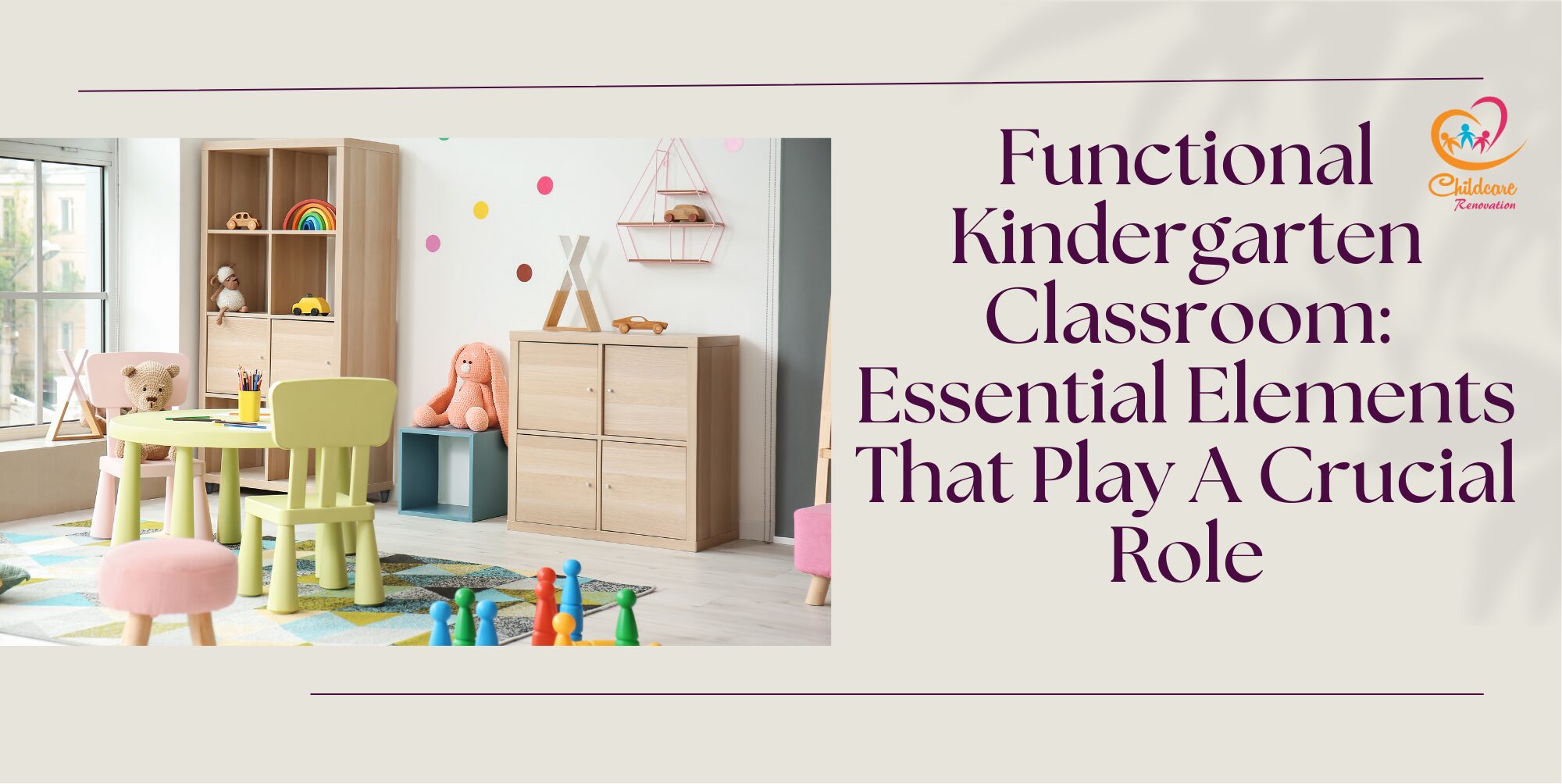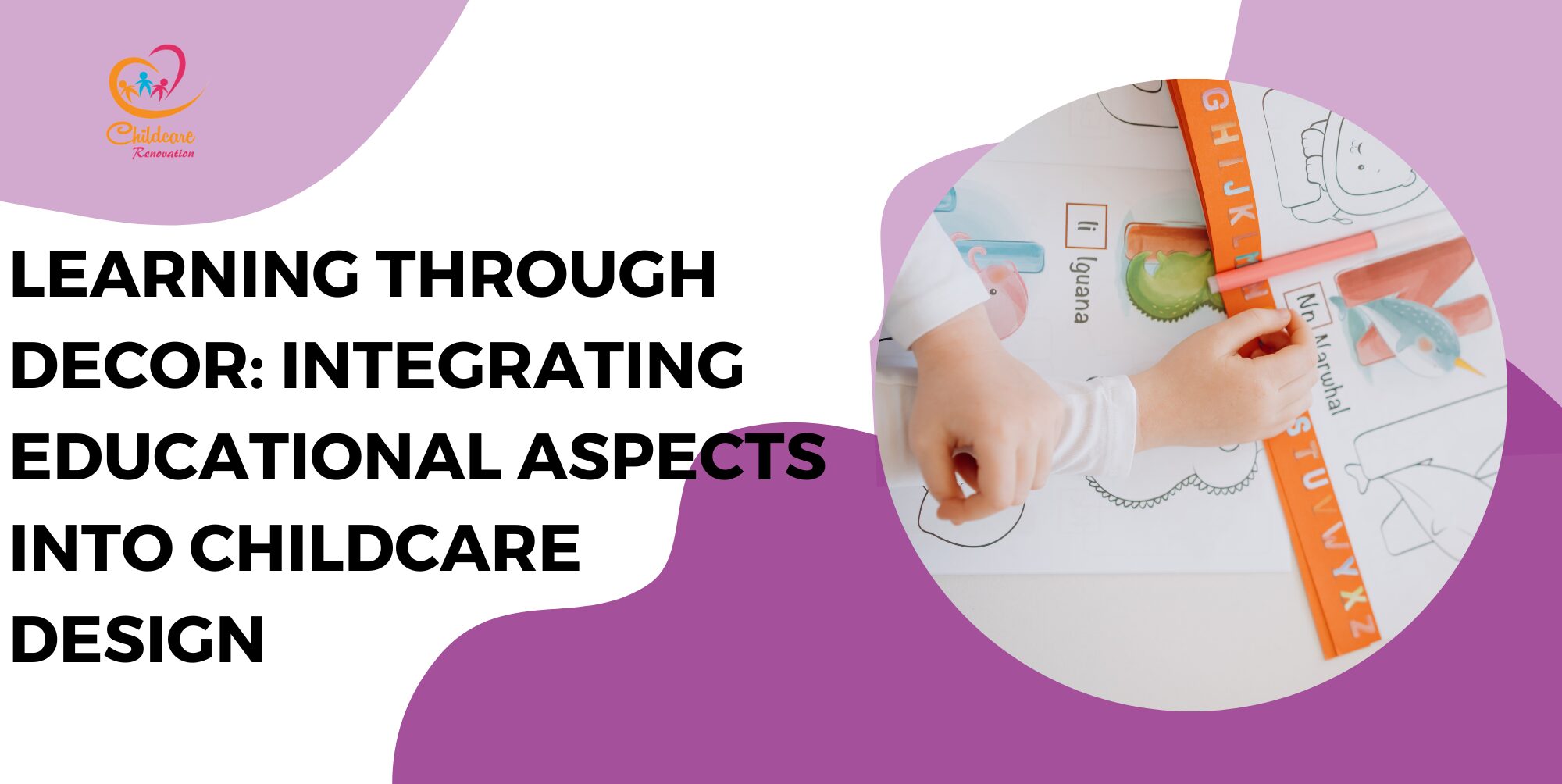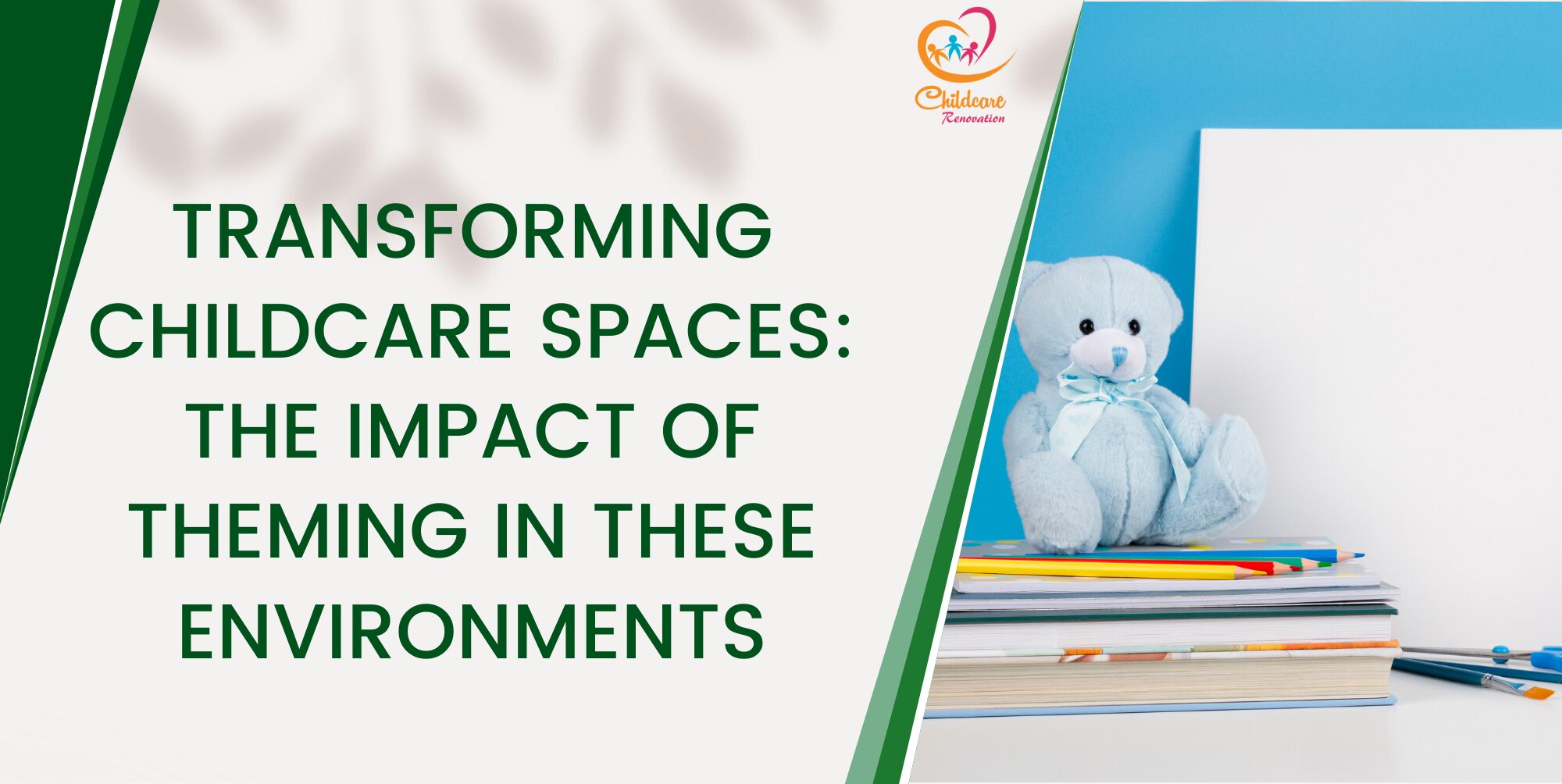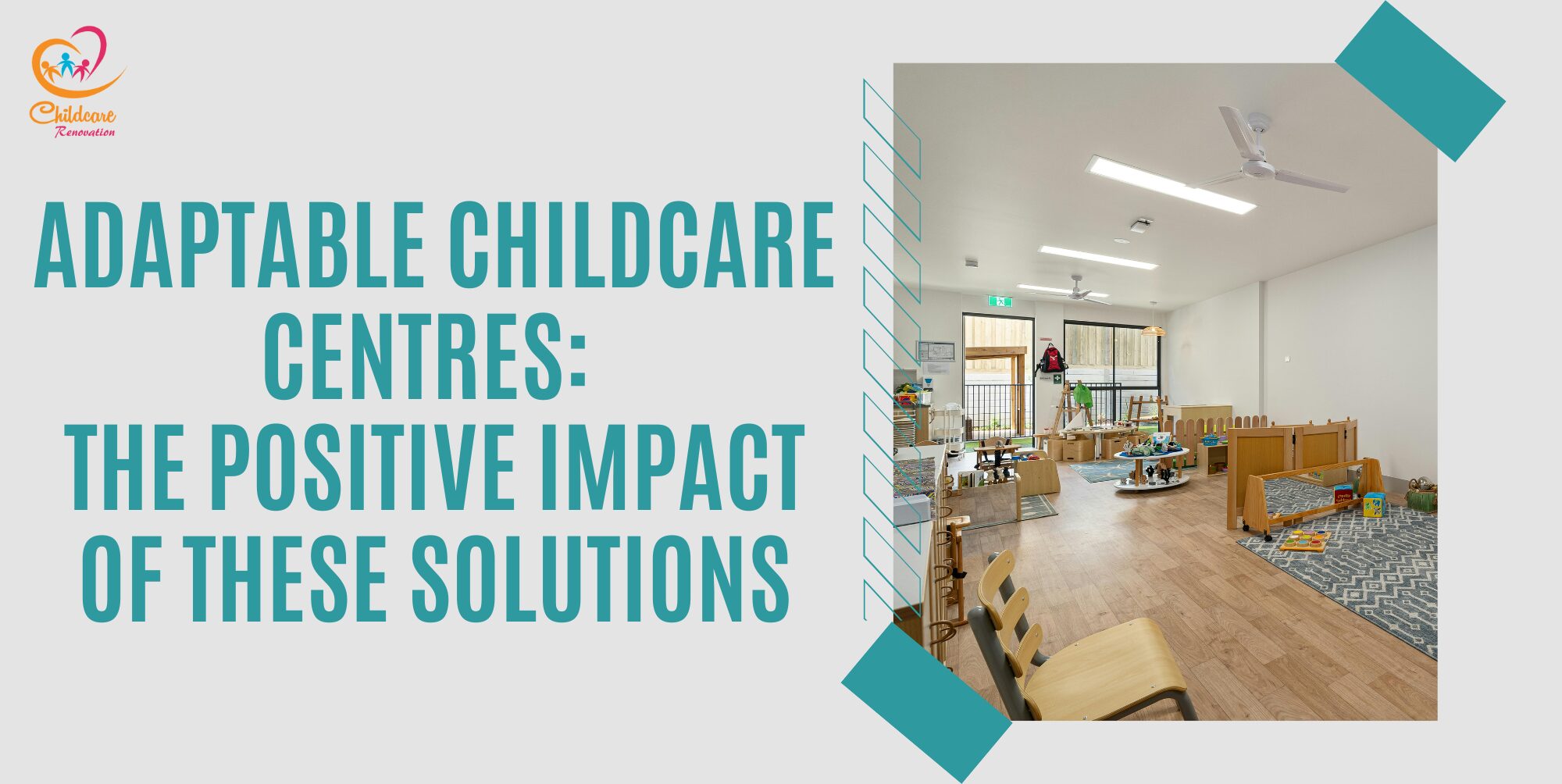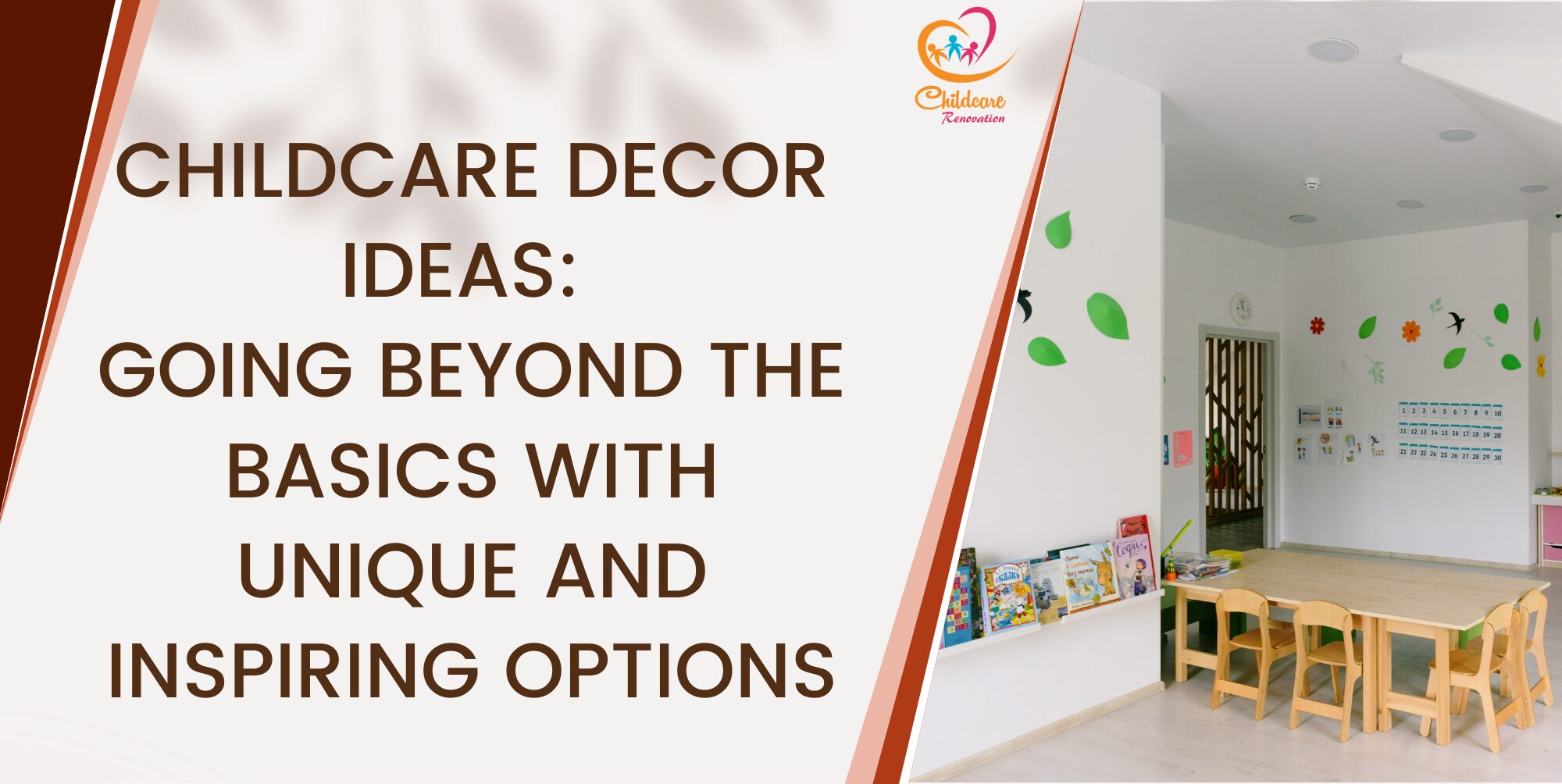In today’s world, where environmental concerns are at the forefront, it’s crucial to incorporate sustainability in every aspect of our lives. This includes the spaces where our youngest learners spend their formative years in kindergarten. The environment in which they learn is equally important. Sustainable materials are the key to creating an eco-friendly space that benefits both the planet and young learners.
Using sustainable materials in kindergarten allows children to grow up in an eco-friendly space. It helps to secure the future of the children. Sustainable materials include wood, reclaimed metals, bamboo, and many more. There are plenty of ways to incorporate sustainable materials into your kindergarten design.
Creating eco-friendly spaces for kindergartens instills important values in children and helps protect our planet. In this article, we will explore sustainable materials that can be used to design and construct environmentally conscious and child-friendly kindergartens.
The Importance Of Using Sustainable Materials In Kindergarten Space
Using sustainable materials in kindergarten space provides an opportunity to educate children about the importance of environmental conservation and sustainability from a very young age. They become aware of concepts like recycling, reducing waste, and conserving resources in a practical, hands-on manner.
By observing sustainable practices in daily routines, children learn valuable life skills. They understand the importance of turning off lights when unnecessary, conserving water, and using resources wisely.
It also teaches children about eco-friendliness and equips them with the knowledge and motivation to address these issues.
Sustainable Materials For Kindergarten Space #1 – Bamboo
Bamboo is an exceptional choice for choosing sustainable materials for kindergarten spaces. This eco-friendly option offers durability and versatility. It also boasts a range of environmental benefits that make it a top pick for creating an eco-conscious learning environment.
One of the most remarkable aspects of bamboo is its rapid growth. Unlike traditional hardwood trees that take decades to mature, bamboo plants can reach full maturity in just three to five years. This means that bamboo can be harvested much faster, making it a readily available and sustainable resource.
Bamboo is a grass, which means it regenerates naturally. After harvesting, bamboo continues to grow from the existing root system, eliminating the need for replanting. This regenerative capacity makes bamboo a self-sustaining resource.
Bamboo’s natural aesthetic appeals to many designers. Its light, neutral color complements various design styles, from traditional to modern. The adaptability suits different kindergarten areas, including classrooms, hallways, and playrooms.
Sustainable Materials For Kindergarten Space #2 – Utilizing Natural Lights
Creating an eco-friendly and sustainable kindergarten space involves more than selecting the right materials. It is about crafting an environment that optimizes the use of natural resources. Natural light is one of the most abundant and vital resources at our disposal. Incorporating natural light into kindergarten design reduces energy consumption and fosters a healthy and inspiring atmosphere for children.
Designing a kindergarten that maximizes natural light reduces the need for artificial lighting during daylight hours. This energy-efficient approach can significantly lower electricity costs, making it a sustainable choice for both the environment and the institution’s budget.
Adequate natural light reduces glare and eyestrain, making it easier for children to engage in various activities without discomfort. It also enhances the visual appeal of the space.
Sustainable Materials For Kindergarten Space #3 – Precast Concrete
Precast concrete is a construction material that is cast in a controlled environment. It is cast into various shapes and forms, ranging from wall panels to structural elements, and is then assembled to create the desired structure. This prefabricated approach to construction offers several benefits.
Precast concrete is fabricated to precise specifications, minimizing waste during production. The controlled environment allows for efficient use of materials, reducing the carbon footprint associated with construction.
Precast concrete is also considered a thermal mass as it can help regulate indoor temperature by absorbing and releasing heat slowly. This contributes to energy efficiency by reducing the reliance on heating and cooling systems.
When building sustainable kindergarten spaces, precast concrete stands as a solid foundation, supporting the growth and development of future generations while preserving our planet for years to come.
Sustainable Materials For Kindergarten Space #4 – Recycled Plastic
In the pursuit of eco-friendly and sustainable kindergarten spaces, using recycled plastic materials has emerged as a powerful and innovative solution. Recycled plastic addresses the pressing issue of plastic waste and offers a range of benefits when applied creatively in design and construction.
Utilizing recycled plastic diverts tons of plastic waste from landfills and oceans, mitigating the adverse environmental effects of plastic pollution. It also reduces the demand for new plastic production, which relies on fossil fuels and contributes to carbon emissions.
Recycled plastic can be used to construct bricks, fences, tiles, or even concrete. By incorporating recycled plastic into kindergarten spaces, we transform waste into valuable resources and inspire future generations to be stewards of the environment.
Sustainable Materials For Kindergarten Space #5 – Cork
When designing eco-friendly and sustainable kindergarten spaces, cork emerges as an extraordinary material that marries functionality with environmental responsibility. Its unique properties and sustainable sourcing make cork excellent for creating safe, inspiring, and green learning environments.
Cork is harvested from the bark of cork oak trees. Unlike many other tree species, cork oaks don’t need to be cut down to extract cock. The bark naturally regenerates, making cork a truly renewable resource.
Cork flooring is comfortable, soft, and shock-absorbent, making it ideal for kindergarten play areas. It also has excellent sound-absorbing properties, reducing noise levels and creating a quieter and more focused learning environment.
Cork is a sustainable marvel that brings beauty, comfort, and eco-consciousness to kindergarten spaces. Its renewable nature, carbon-sequestering abilities, and minimal environmental impact make it an excellent choice for creating environments that inspire learning and a love for the planet.
Here are some sustainable materials you can consider for your kindergarten space. There are many other options where you can consult your contractor. Creating an eco-friendly space for kindergartens using sustainable materials is an investment in the future.
Speak with The Experts
Planning to get started at your kindergarten but have no idea about it?
Childcare Center Renovation Singapore is a reliable company for renovation and interior design. They have about ten years of experience in this field and have a good reputation among customers.
Call us now to get your desired kindergarten design ideas now!










